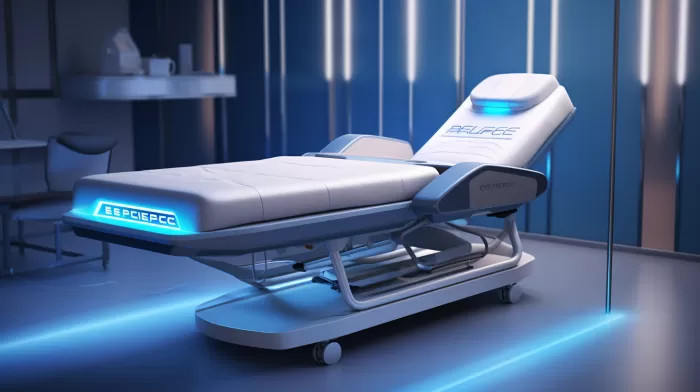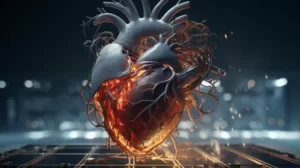Enhanced external counterpulsation (EECP) is non-invasive heart therapy that has been proven to be a highly effective cardiovascular treatment for ischemic heart disease and congestive heart failure. Despite being developed over 50 years ago, many cardiologists and heart surgeons are still not aware of EECP or its benefits. It is an excellent alternative to bypass surgery and is often covered by insurance policies such as Medicare and Blue Cross.
Why You Should Consider EECP
EECP should be considered as a first option before bypass surgery for several reasons. Firstly, it costs significantly less, ranging from $5,000 to $12,000, compared to $50,000 to $80,000 for bypass surgery. Furthermore, EECP is a much safer procedure and poses fewer health risks than invasive surgery.
Patients who have undergone EECP therapy have seen remarkable results and often describe it as a miracle treatment. Those suffering from severe angina have experienced massive improvements in their quality of life after EECP therapy.
How EECP Works
EECP therapy improves coronary flow reserve significantly at rest and increases exercise tolerance. Its main feature is the development and recruitment of collateral arteries. The growth of new arteries provides increased circulation and less angina, resulting in improved oxygen and blood flow to the heart.
The benefits of vasodilatation and increased blood flow to the heart are well-known among heart patients. Extra dilation of the coronary arteries, combined with increased blood flow via new collaterals, means a greatly improved quality of life that could last for several years.
Research suggests that EECP therapy not only improves myocardial perfusion (circulation) but also decreases cardiac workload.
Who Can Benefit from EECP Therapy
Although EECP therapy can provide immense benefits for many heart patients, there are certain individuals who may be excluded from treatment, such as those who:
- Have had a myocardial infarction in the past three months.
- Have had intervention in the past two weeks.
- Suffer from unstable angina (i.e., high-risk angina).
- Have been diagnosed with overt congestive heart failure.
- Have a left ventricular ejection fraction of less than 30 percent.
- Suffer from significant valvular disease.
- Have blood pressure more than 180/100 mm Hg.
- Have a permanent pacemaker or implantable cardioverter defibrillator.
- Have non-bypassed left main stenosis of more than 50 percent.
- Suffer severe peripheral vascular disease, phlebitis, deep vein thrombosis, etc.
- Have atrial fibrillation or frequent ventricular premature construction that would interfere with EECP triggering (i.e., your electrocardiogram has to be reliable enough for the machine to work).
It may seem like EECP therapy is limiting, but many heart patients have still experienced great success with it. If you have any of these limitations, consider seeking an evaluation by a cardiologist who is familiar with EECP.
The Future of EECP
In addition to serving as a fantastic therapy for patients in need of bypass surgery, EECP can also be an excellent preventive measure for those with a family history of heart disease. When combined with a steady oral chelation and nutritional protocol, EECP could potentially add years of quality life.
As more and more patients experience the benefits of EECP, it’s very likely that public knowledge of the treatment will increase, leading to further research and development of a more efficient and effective EECP therapy. This is excellent news for heart patients but may not be welcome news for the bypass surgery industry.
In conclusion, if you or a loved one is suffering from ischemic heart disease or congestive heart failure, consider exploring EECP therapy as a safer, less expensive, and highly effective alternative to bypass surgery.



